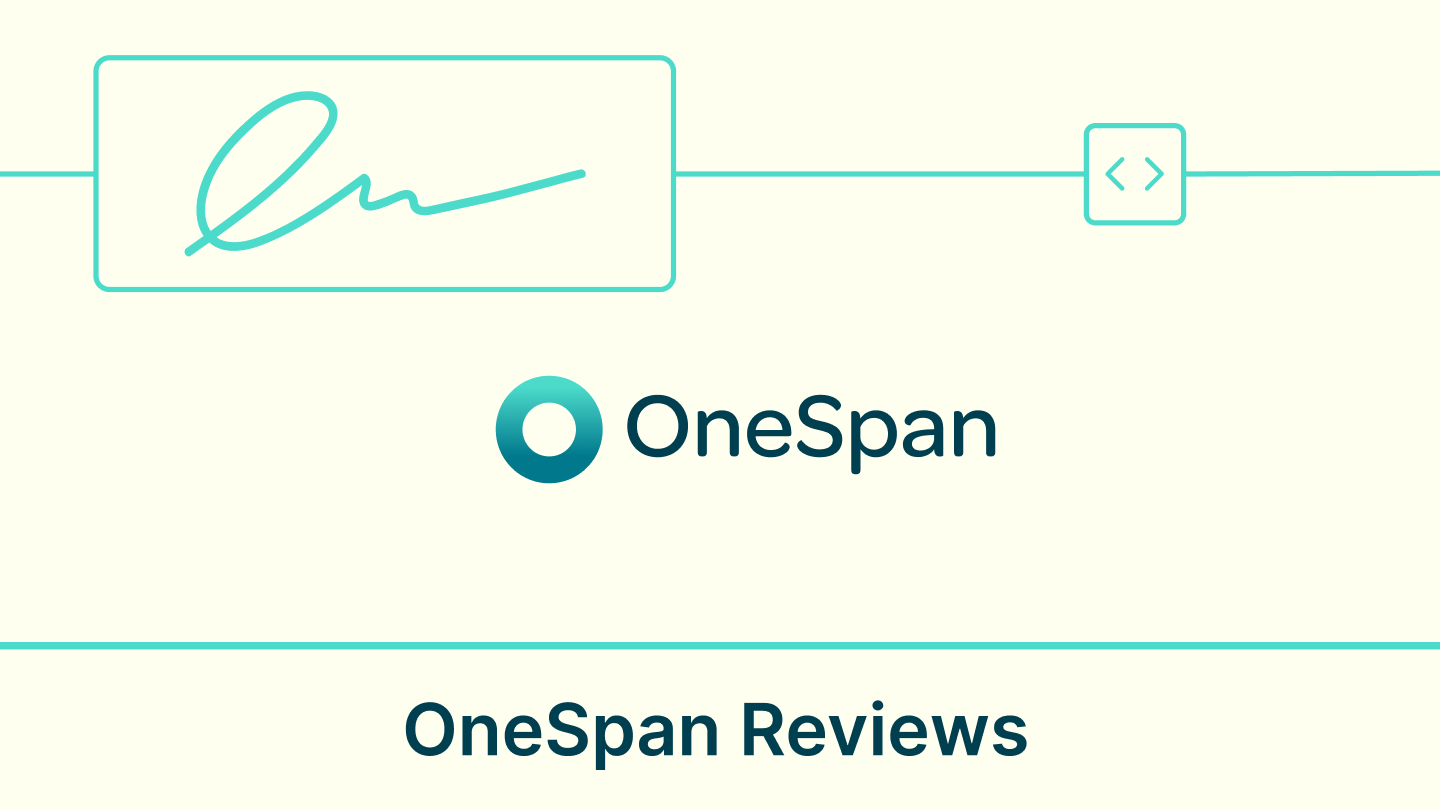It's undeniable. Clinics and hospitals are stressful job environments. Add to that, the chore of managing medical paperwork, and you have on your hands a daunting task. Safe to say that COVID-19 hasn't made any of this any easier! The good news is, more healthcare businesses are willing to choose eSignatures to speed-up and make contact-free the hospital documentation workflow.
This technology can facilitate the management (exchanging and approving) of forms related to everything from hiring and onboarding your frontline heros to signing-off on purchase orders for medical equipment, staff training forms and medical director agreements.
Ready to take the plunge? If you are evaluating eSignature solutions for your clinic or hospital, this blog post will make it a lot easier for you to choose the right vendors.
Features to look for in an eSignature solution
HR professionals in healthcare can help frontline workers become more effective at their work, by providing them with the right tools, such as eSignature solutions.
But, owing to the sheer number of brands and options in the market, picking the right software can feel like an overwhelming process.
Confused about which vendor to go with? Don’t worry; we’ve put together a list of top features to look out for, so that you can make the most informed decision:
- Assures ease of use: Never choose a complex eSignature solution, no matter how many features it boasts of. If it's not easy to use, the hospital staff will resist all your efforts to change the way documents are traditionally managed.
To avoid this situation, be sure to sample user experience (UX) of each vendor’s solution, via its trial version, before making a decision.
eSignature vendors of repute tend to support signing in just a few clicks, documents in different languages and all major document formats. Signeasy, with its 10 year legacy of supporting 30,000+ small and medium businesses can be trusted to work the way your employees already do (except faster) by allowing them to :
- Approve documents with different signature capture methods - with a mouse, stylus or finger or by uploading a snap of your handwritten signature
- View a “clip” of a mobile app on iOS, instead of having them install the whole app
- Demarcate the area in the document where the recipient is supposed to sign, so that employees don't make errors when filling the form
- Save form templates, so that it may be reused (with slight customizations) as often as required
- Enables signing on the go: So many clinics now operate online (partially, if not fully). So, doctors don't even have to be physically present at the hospital, in lieu of COVID-19. Since telecommuting has become a norm in your industry, it's important that remote and offline signing solutions are made available on iOS and Android devices.
- Expert industry knowledge: You would want to enlist the services of an eSignature provider that really understands the documentation needs of medical facilities. So, choose a vendor who has worked with other hospitals and clinics, as they will be fully clued-in on the laws and regulations and eSignature use cases within your industry. They will also provide regular software updates based on your industry’s requirements.
- Automates document processing: It's not enough for an eSignature solution to enable signing, it should also relieve users of the task of following up with the signers to see if they have completed the forms. So, be sure to look for a solution that automates document progress tracking and reminders.
- Offers value for money and flexibility: SaaS eSignature vendors such as Signeasy have pricing plans that can be tailored to the size and needs of your healthcare organization. It is scalable, as it allows you to add-on users as your business grows. You also don't need to invest in another server or software, just a subscription that can be cancelled at any time.
- Allows for customizable clinic’s branding: Every time you send your suppliers or hospital staff a document to sign, it would be a nice touch to have your company branding on the eSignature tool. This will help in improving brand building and adoption rates amongst internal and external stakeholders.
- Enables signing in the flow of work: It can be a little distracting for your already overworked doctors, nurses and admin staff to pause their work and open an eSignature software to sign-off on documents. To eliminate such productivity dampers, brands like Signeasy allow for integration with popular productivity solutions such as Google Drive, Gmail, Outlook, Dropbox, OneDrive etc. It also offers a flexible API platform so that you may integrate the eSignature functionality into your hospital HRMS and other business workflows.
- Ensures legal compliance and security: Most popular eSignature solutions comply with regulations such as the ESIGN Act, UETA, and eIDAS. In fact, it should offer a detailed audit trail of the entire signing process from signer’s email id and device IP to timestamp. These features are what will make your electronically signed documents as legally binding in court, as a wet-ink signature. The new technology you plan to adopt should also be able to secure your document with the likes of biometric authentication and SSL encryption.
Have more questions around what your clinic needs to manage the documentation workflow? No one better than the stellar team at Signeasy to guide you - write in to us at support@. Or simply, check out Signeasy’s 14-day free trial here.











